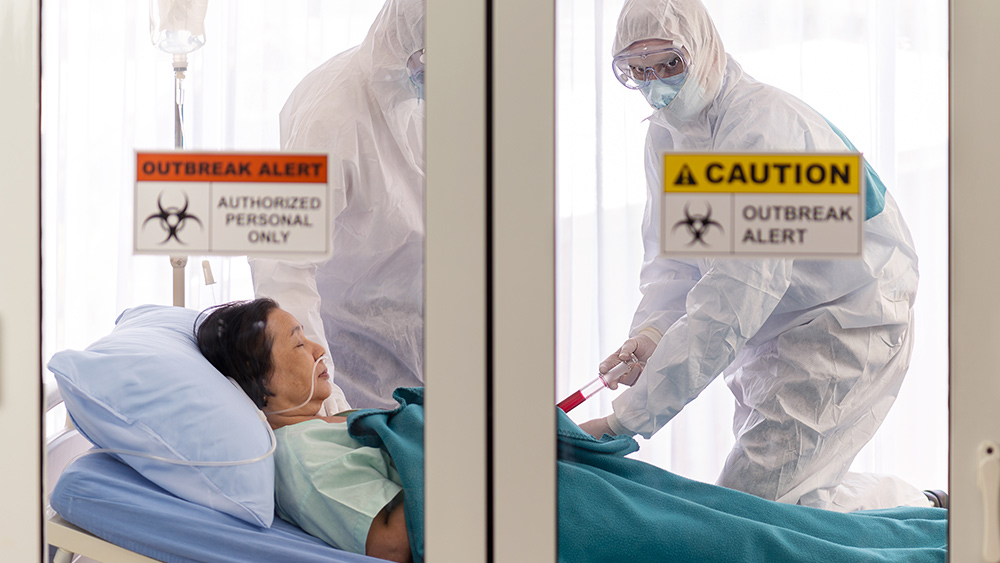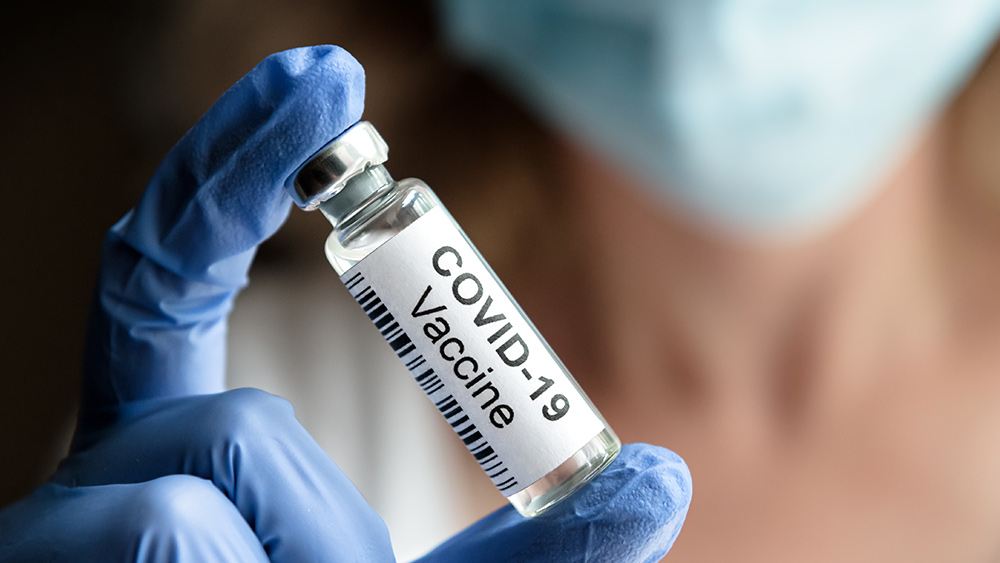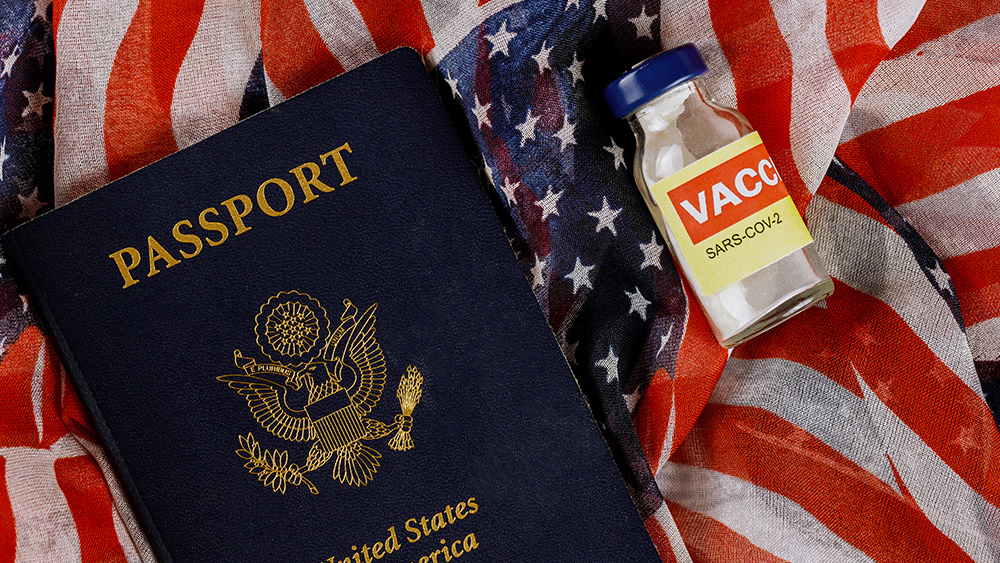A toxic cocktail: What are the other toxins found in vaccines?
07/25/2019 / By Cassie B.

No matter which side of the vaccine debate you happen to fall on, it’s easy to understand why vaccines are so controversial. No one wants diseases to be spread needlessly, nor do people want their children to be injected with dangerous chemicals. While vaccines are a great idea in theory, the unfortunate fact is that the toxins that manufacturers add to their vaccines are deal-breakers in many cases.
You’re probably already familiar with at least one common vaccine toxin, thimerosal. This mercury-based compound has been used in vaccines since as far back as the 1930s, and the media has done its best to convince people that it’s safe.
Unfortunately, independent research has shown that thimerosal is far more toxic than the already-dangerous mercury on its own, and babies who are exposed to it could well accumulate toxic levels of mercury in their bodies throughout their lifetime. Because of the backlash against the ingredient, some vaccines can now claim to be free of thimerosal, but that’s not the only toxin you need to worry about.
Besides thimerosal, what other dangers are lurking in vaccines?
Aluminum adjuvants are found in many vaccines, and because they are considered a part of the vaccine as a whole, they do not need to be tested individually for safety. That’s too bad because aluminum is a known neurotoxin, and exposure to it can trigger autoimmune diseases. Some of the vaccines that have been found to contain aluminum adjuvants include hepatitis A, DTaP, DTP, influenza B and HPV.
You’ve probably heard about the dangers of glyphosate and may be one of the growing number of people who go out of their way to avoid it by buying organic food. However, this popular herbicide is also often found in vaccines, which means that doctors are injecting a chemical into people that has been linked to cancer, reproductive harm, liver and kidney damage, and gut microbiome disruptions.
Antibiotics can also be found in vaccines in trace amounts. These can disrupt your gut microbiome, weakening your immune system and making you vulnerable to a host of illnesses. Moreover, when it’s combined with exposure to the other heavy metals found in vaccines, it can make you more susceptible to superbugs and antibiotic-resistant bacteria like MRSA.
Metals like lead, cadmium and nickel have also been found in vaccines. For example, two popular HPV vaccines were found to contain particles that weren’t identified in the list of ingredients, including lead and aluminum, which can disrupt cognitive development and function. Even low levels of lead can be toxic, and many believe there is no safe amount of exposure for developing children.
Some vaccines even contain food coloring. It may sound like an odd choice, and it is – there is no good reason to change the color of a vaccine. Yet the vaccine for adenovirus contains a coloring known as FD&C Yellow #6 aluminum lake dye. As the name implies, this dye contains aluminum, and it also has cancer-causing compounds.
If you’re going to get vaccinated, it’s important to take steps that can protect the body from the harmful effects of these toxins. Foods like cilantro, chlorella, spirulina and garlic are known to help flush out heavy metals, among others. Meanwhile, water with a high silicon content can help your body purge aluminum.
Although some vaccines might offer the potential to stop preventable diseases from spreading, manufacturers need to be held accountable for the ingredients they add to vaccines so that people who wish to protect their health by getting vaccinated don’t unintentionally create the opposite effect.
Sources for this article include:
Submit a correction >>
Tagged Under:
Aluminum, food color, food dye, glyphosate, HPV vaccine, ingredients, Lead, mercury, neurotoxin, Thimerosal, toxic chemicals, toxins, vaccines
This article may contain statements that reflect the opinion of the author
RECENT NEWS & ARTICLES
FluShot.News is a fact-based public education website published by Flu Shot News Features, LLC.
All content copyright © 2018 by Flu Shot News Features, LLC.
Contact Us with Tips or Corrections
All trademarks, registered trademarks and servicemarks mentioned on this site are the property of their respective owners.




















